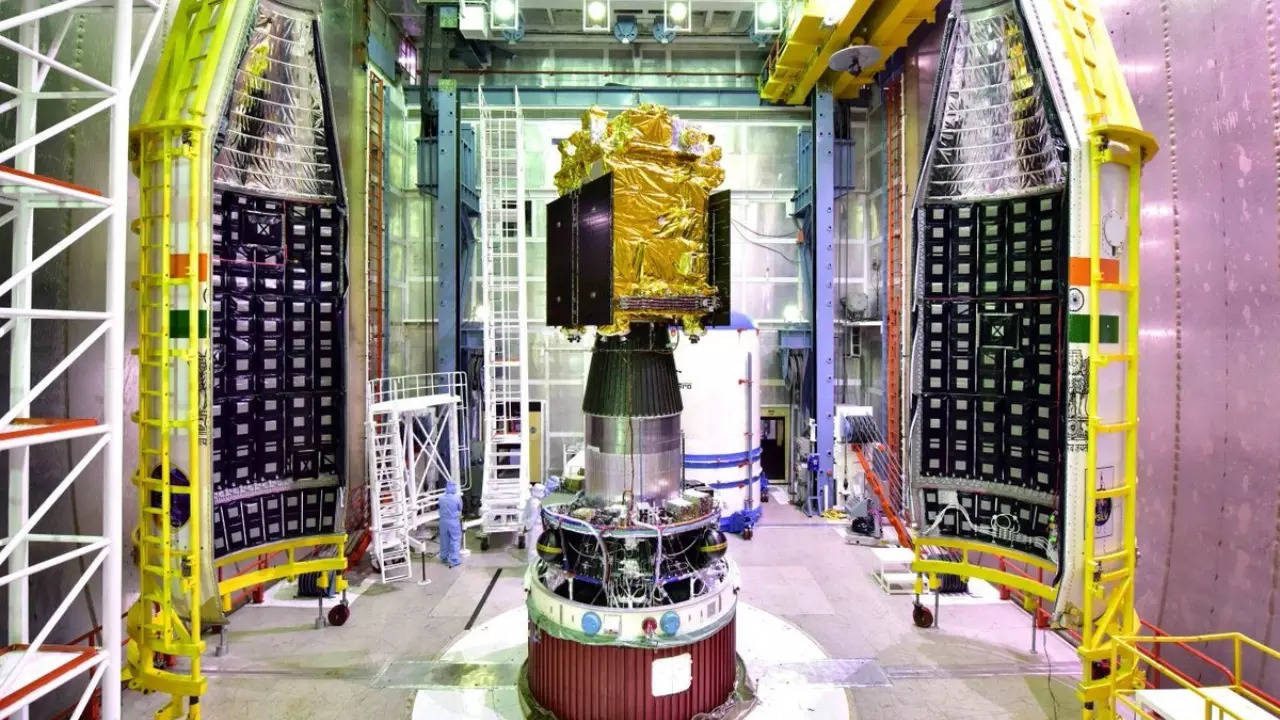At the heart of VELC operations was the cutting-edge vibration and thermotech facility in Hoskote near Bengaluru, where component-level vibrations — a crucial step in integrating detectors and optical elements — were conducted. After this integration, a delicate calibration dance unfolded in the pristine cleanroom, where the team, in full-suits resembling futuristic explorers, warded off electrostatic discharge and contamination. Perfumes were taboo there and every single screw had to undergo ultrasonic cleaning.
These suits were shields guarding the sensors and optics, while the cleanroom was a “sanctuary”. “It (cleanroom) had to be kept 1-lakh times cleaner than a hospital ICU,” Nagabushana S, VELC technical team head, told STOI.
“We used HEPA (high efficiency particulate air) filters, isopropyl alcohol (99% concentrated) and rigorous protocols to ensure no foreign particles caused disruptions. A single particle discharge could have undone days of hard work,” Sanal Krishna from IIA, a member of the VELC technical team, said. Scientists worked six-hour shifts and refrained from using even medicinal sprays.
STOI spoke to at least three Isro scientists who have spent hours in the cleanroom for various satellite projects. While all of them agreed that cleanrooms need to be pristine, none of them had given up on perfumes. “Maybe the IIA scientists were taking extra precaution,” one of them said.
